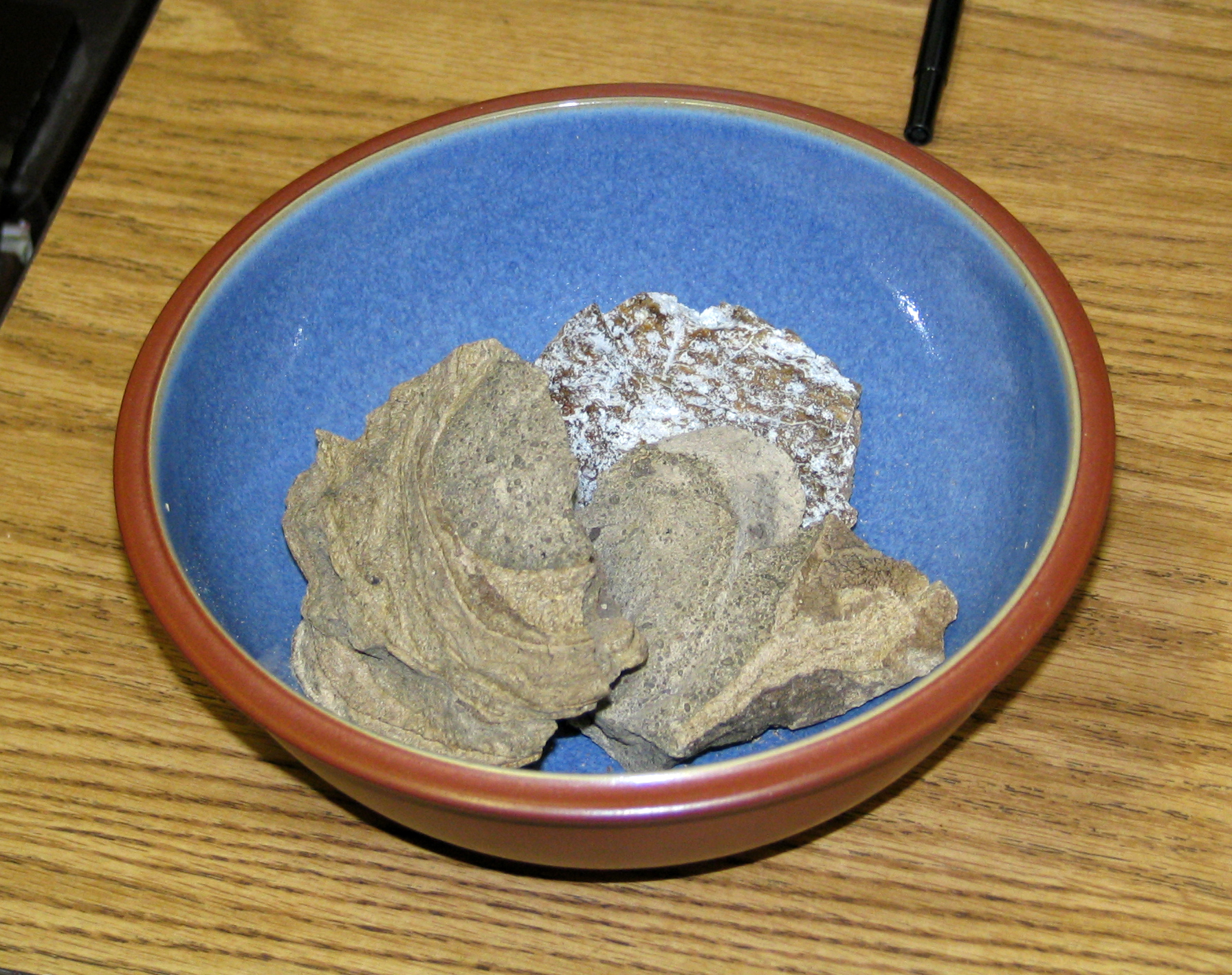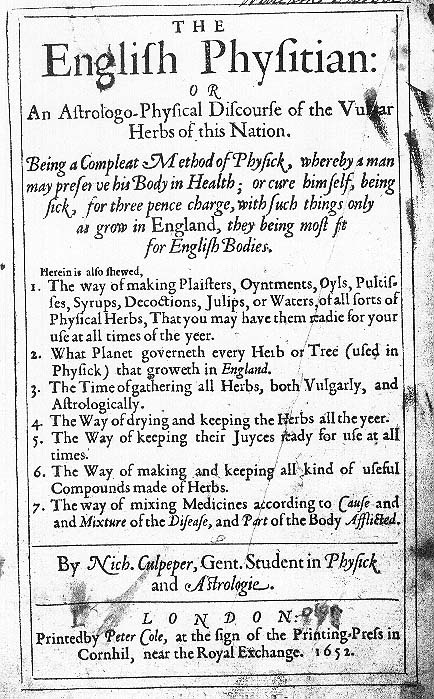|
Aromaticum Rosatum
''Aromaticum rosatum'' was a powder used in traditional medicine made of red roses, liquorice, aloeswood, yellowheart, cinnamon, cloves, Mace (spice), mace, natural gum, gum tragacanth, nutmegs, cardamoms, galangals, spikenard, ambergris, and musk mixed together.Chambers, Ephraim, ed. (1728). "Aromaticum rosatum". Cyclopædia, or an Universal Dictionary of Arts and Sciences (1st ed.). James and John Knapton, et al. It was chiefly prescribed in cordial and cephalic Trunk (botany), boles and electuary, electuaries. It was believed to act as a Herbal tonic, tonic on the heart, stomach and liver. Books ''Aromaticum rosatum'' was mentioned in a 1543 publication, ''The Most Excellent Workes of Chirurgerye'', by Joannes de Vigo. The 1652 ''Physicall Directory, or, A Translation of the London Dispensatory'' by Nicholas Culpeper gives the ingredients and instructions for making this plus four other preparations that are described as ''aromaticums''. It is mentioned in the 1580s by Fre ... [...More Info...] [...Related Items...] OR: [Wikipedia] [Google] [Baidu] |
Traditional Medicine
Traditional medicine (also known as indigenous medicine or folk medicine) comprises medical aspects of traditional knowledge that developed over generations within the folk beliefs of various societies, including indigenous peoples, before the era of modern medicine. The World Health Organization (WHO) defines traditional medicine as "the sum total of the knowledge, skills, and practices based on the theories, beliefs, and experiences indigenous to different cultures, whether explicable or not, used in the maintenance of health as well as in the prevention, diagnosis, improvement or treatment of physical and mental illness". Traditional medicine is often contrasted with scientific medicine. In some Asian and African countries, up to 80% of the population relies on traditional medicine for their primary health care needs. When adopted outside its traditional culture, traditional medicine is often considered a form of alternative medicine. Practices known as traditional medi ... [...More Info...] [...Related Items...] OR: [Wikipedia] [Google] [Baidu] |
Ambergris
Ambergris ( or , la, ambra grisea, fro, ambre gris), ''ambergrease'', or grey amber is a solid, waxy, flammable substance of a dull grey or blackish colour produced in the digestive system of sperm whales. Freshly produced ambergris has a marine, fecal odor. It acquires a sweet, earthy scent as it ages, commonly likened to the fragrance of Isopropyl alcohol without the vaporous chemical astringency. Ambergris has been highly valued by perfume makers as a fixative that allows the scent to endure much longer, although it has been mostly replaced by synthetic ambroxide. Dogs are attracted to the smell of ambergris and are sometimes used by ambergris searchers. Etymology The word ''ambergris'' comes from the Old French "''ambre gris''" or "grey amber". The word "amber" comes from the same source, but it has been applied almost exclusively to fossilized tree resins from the Baltic region since the late 13th century in Europe. Furthermore, the word "amber" is derived from th ... [...More Info...] [...Related Items...] OR: [Wikipedia] [Google] [Baidu] |
Ambroise Paré
Ambroise Paré (c. 1510 – 20 December 1590) was a French barber surgeon who served in that role for kings Henry II, Francis II, Charles IX and Henry III. He is considered one of the fathers of surgery and modern forensic pathology and a pioneer in surgical techniques and battlefield medicine, especially in the treatment of wounds. He was also an anatomist, invented several surgical instruments, and was a member of the Parisian barber surgeon guild. In his personal notes about the care he delivered to Captain Rat, in the Piémont campaign (1537–1538), Paré wrote: ''Je le pansai, Dieu le guérit'' ("I bandaged him and God healed him"). This epitomises a philosophy that he used throughout his career. These words, inscribed on his statue in Laval, are reminiscent of the Latin adage ''medicus curat, natura sanat''. Early life Paré was born in 1510 in Bourg-Hersent, near Laval, then part of the province of Maine, in northwestern France. As a child he watched, and was fir ... [...More Info...] [...Related Items...] OR: [Wikipedia] [Google] [Baidu] |
Nicholas Culpeper
Nicholas Culpeper (18 October 1616 – 10 January 1654) was an English botanist, herbalist, physician and astrologer.Patrick Curry: "Culpeper, Nicholas (1616–1654)", ''Oxford Dictionary of National Biography'' (Oxford, UK: OUP, 2004) His book ''The English Physician'' (1652, later ''Complete Herbal'', 1653 ff.) is a source of pharmaceutical and herbal lore of the time, and ''Astrological Judgement of Diseases from the Decumbiture of the Sick'' (1655) one of the most detailed works on medical astrology in Early Modern Europe. Culpeper catalogued hundreds of outdoor medicinal herbs. He scolded contemporaries for some of the methods they used in herbal medicine: "This not being pleasing, and less profitable to me, I consulted with my two brothers, and , and took a voyage to visit my mother , by whose advice, together with the help of , I at last obtained my desire; and, being warned by , a stranger in our days, to publish it to the world, I have done it." Culpeper came fro ... [...More Info...] [...Related Items...] OR: [Wikipedia] [Google] [Baidu] |
Joannes De Vigo
Joannes or John ( la, Iohannes; died 425) was western Roman emperor from 423 to 425. On the death of the Emperor Honorius (15 August 423), Theodosius II, the remaining ruler of the House of Theodosius, hesitated in announcing his uncle's death. In the ''interregnum'', Honorius's patrician at the time of his death, Castinus, elevated Joannes as emperor. History Joannes was a '' primicerius notariorum'' or senior civil servant at the time of his elevation. Procopius praised him as "both gentle and well-endowed with sagacity and thoroughly capable of valorous deeds." Unlike the Theodosian emperors, he tolerated all Christian sects and even the pagans. From the beginning, his control over the empire was insecure. In Gaul, his praetorian prefect was slain at Arles in an uprising of the soldiery there. And Bonifacius, '' comes'' of the Diocese of Africa, held back the grain fleet destined to Rome. "The events of Johannes' reign are as shadowy as its origins," writes Jo ... [...More Info...] [...Related Items...] OR: [Wikipedia] [Google] [Baidu] |
The Most Excellent Workes Of Chirurgerye
''The'' () is a grammatical article in English, denoting persons or things that are already or about to be mentioned, under discussion, implied or otherwise presumed familiar to listeners, readers, or speakers. It is the definite article in English. ''The'' is the most frequently used word in the English language; studies and analyses of texts have found it to account for seven percent of all printed English-language words. It is derived from gendered articles in Old English which combined in Middle English and now has a single form used with nouns of any gender. The word can be used with both singular and plural nouns, and with a noun that starts with any letter. This is different from many other languages, which have different forms of the definite article for different genders or numbers. Pronunciation In most dialects, "the" is pronounced as (with the voiced dental fricative followed by a schwa) when followed by a consonant sound, and as (homophone of the archaic ... [...More Info...] [...Related Items...] OR: [Wikipedia] [Google] [Baidu] |
Herbal Tonic
In herbal medicine, an herbal tonic (also tonic herbs, tonic herbalism) is used to help restore, tone and invigorate systems in the body or to promote general health and well-being. An herbal tonic is a solution or other preparation made from a specially selected assortment of plants known as herbs. They are steeped in water and drunk either hot or cool. Herbal tonics are believed to have healing properties ranging from relieving muscle and joint pain and extend as far as inhibiting some cancers. Herbal tonics can be dated as far back as 4,000 years ago – as a practice thought to have originated under the sphere of traditional Chinese Medicine. They were also used in Ayurvedic and Unani practices as well as in Native America. Initially, the use of herbal tonics was embedded within these traditional medicinal practices and cultures. Today, herbal tonics are consumed globally and are used as a general resource in maintaining well-being. They are found in not only hospitals an ... [...More Info...] [...Related Items...] OR: [Wikipedia] [Google] [Baidu] |
Electuary
An electuary is a medicine consisting of a powder or other ingredient mixed with something sweet such as honey to make it more palatable."The Doctor and the Buccaneer: Sir Hans Sloane's Case History of Sir Henry Morgan, Jamaica, 1688" by Richard B. Sheridan, '' Journal of the History of Medicine and Allied Sciences'', Vol. 41, No. 1 (January 1986), pp. 76-87. In German and Swiss cultures, electuary (german: Latwerge or ) is also more generally a thickened juice and honey preparation with a thick, viscous cons ... [...More Info...] [...Related Items...] OR: [Wikipedia] [Google] [Baidu] |
Trunk (botany)
In botany, the trunk (or bole) is the stem and main wooden axis of a tree, which is an important feature in tree identification, and which often differs markedly from the bottom of the trunk to the top, depending on the species. The trunk is the most important part of the tree for timber production. Occurrence Trunks occur both in "true" woody plants and non-woody plants such as palms and other monocots, though the internal physiology is different in each case. In all plants, trunks thicken over time due to the formation of secondary growth (or in monocots, pseudo-secondary growth). Trunks can be vulnerable to damage, including sunburn. Vocabulary Trunks which are cut down for making lumber are generally called logs; if they are cut to a specific length, called bolts. The term "log" is informally used in English to describe any felled trunk not rooted in the ground, whose roots are detached. A stump is the part of a trunk remaining in the ground after the tree has been fe ... [...More Info...] [...Related Items...] OR: [Wikipedia] [Google] [Baidu] |
Cephalic
A head is the part of an organism which usually includes the ears, brain, forehead, cheeks, chin, eyes, nose, and mouth, each of which aid in various sensory functions such as sight, hearing, smell, and taste. Some very simple animals may not have a head, but many bilaterally symmetric forms do, regardless of size. Heads develop in animals by an evolutionary trend known as cephalization. In bilaterally symmetrical animals, nervous tissue concentrate at the anterior region, forming structures responsible for information processing. Through biological evolution, sense organs and feeding structures also concentrate into the anterior region; these collectively form the head. Human head The human head is an anatomical unit that consists of the skull, hyoid bone and cervical vertebrae. The term "skull" collectively denotes the mandible (lower jaw bone) and the cranium (upper portion of the skull that houses the brain). Sculptures of human heads are generally b ... [...More Info...] [...Related Items...] OR: [Wikipedia] [Google] [Baidu] |
Musk
Musk ( Persian: مشک, ''Mushk'') is a class of aromatic substances commonly used as base notes in perfumery. They include glandular secretions from animals such as the musk deer, numerous plants emitting similar fragrances, and artificial substances with similar odors. ''Musk'' was a name originally given to a substance with a strong odor obtained from a gland of the musk deer. The substance has been used as a popular perfume fixative since ancient times and is one of the most expensive animal products in the world. The name originates from the Late Greek μόσχος 'moskhos', from Persian 'mushk', similar to Sanskrit मुष्क muṣka ("testicle"), derived from Proto-Indo-European noun ''múh₂s'' meaning "mouse". The deer gland was thought to resemble a scrotum. It is applied to various plants and animals of similar smell (e.g. muskox) and has come to encompass a wide variety of aromatic substances with similar odors, despite their often differing chemical str ... [...More Info...] [...Related Items...] OR: [Wikipedia] [Google] [Baidu] |




.png)


.jpg)